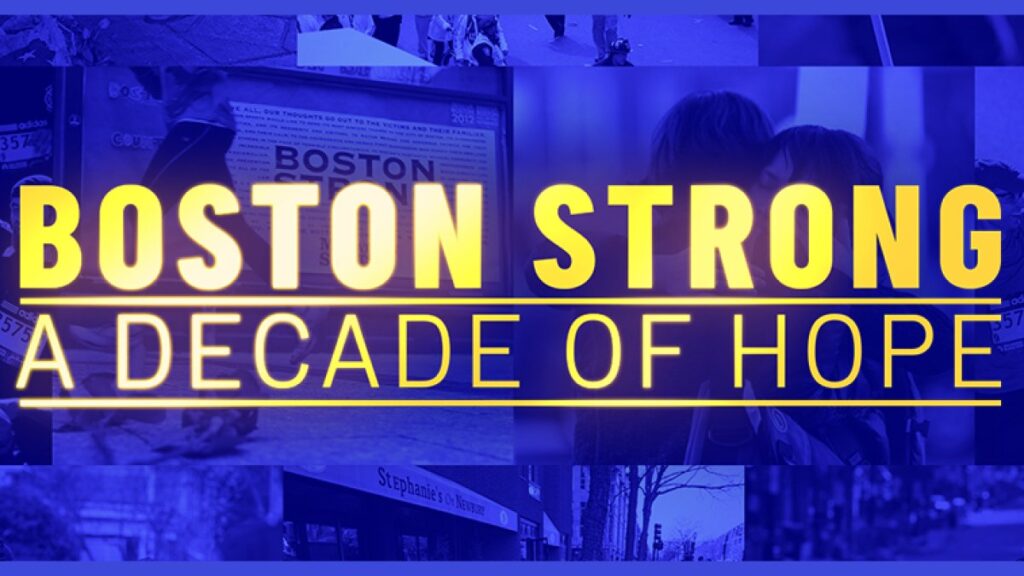As we reflect on a decade since the Boston Marathon bombings, we delve not into the tragedies of that day, but into the resilience that arose from the experience—a testament to the enduring spirit that defines endurance athletes. A shift from the immediate chaos to the sustained commitment to healing illustrates how perseverance is a crucial part of both running and recovery.
Take, for instance, Shores Salter, who was a college student when he instinctively ran toward the smoke, embodying the tenacity that characterizes the endurance athlete. His transformation from a bystander to a life-saving force showcased not just physical capability but the mental fortitude to respond in crisis. Such instinctual actions often resonate with athletes who find themselves pushed beyond their limits, capable of more than they realized amidst overwhelming circumstances.
Dr. David King, a trauma surgeon, certainly faced one of the most profound tests of endurance—not just in the physical sense. He transitioned seamlessly from crossing the marathon finish line to in the operating room, where swift decision-making and mental agility were paramount. In endurance sports, the ability to adapt one’s focus and energy in response to unexpected challenges is a familiar dance. The practice of navigating fatigue, pain, and the unpredictability of race day became a metaphor for the medical community’s struggle to manage the aftermath of the bombings effectively. What we glean from such experiences is that while the body may tire, the mind often carries the legacy of training—its strength embedded in the will to keep going, whether navigating a marathon or the medical complexities post-catastrophe.
Similarly, the journey of those who suffered injuries and amputation, like Heather Abbott and the Norden brothers, reveals an intrinsic connection between physical challenge and mental resilience. Each pursued their path not purely as a demonstration of overcoming adversity but as a commitment to community and growth. Abbott’s efforts through her foundation to support amputees with prosthetic costs resonate with athletes who understand the finicky nature of equipment and the emotional burden that comes with physically adapting to new realities. Adaptation is an ongoing process, much like the adjustments we make in training regimens based on evolving goals or recovery from injuries.
Just as endurance athletes know that setbacks can redefine their landscapes, survivors have channeled their experiences into creating foundations and supporting causes that aim to foster love, compassion, and connection. Lingzi Lu’s family exemplified this ethos by establishing a foundation to perpetuate her spirit. In the world of endurance sports, we often speak about legacy—how races, training, and experiences shape not just individual stories but the communities around them.
The camaraderie within race communities, often reinforced post-event through shared experiences, breathes life into the stories of those who, through their own struggles, boosted others, from Joe Andruzzi helping fellow survivors to the heartwarming bond that blossomed between firefighter Mike Materia and Roseann Sdoia. Such relationships remind us that the endurance journey is rarely solitary. Community support during recovery from injury, like training in pairs or sharing advice on races, often becomes the crux of mental resilience.
William Evans, the former Boston police superintendent, recounted the personal nature of the bombings for him as a runner who finished the marathon before the chaos ensued. His experience echoes a profound reality for many athletes: the immediacy of time—how moments can morph into another narrative entirely. This perspective is a logical extension of athletic training, where the immediate present often holds all the weight of your exertion. Sometimes races feel almost like a series of small victories, and other times they are brutally challenging. Yet, it’s through sustained effort—weeks, months, even years of dedication—that goals are met.
Dic Donohue’s survival and continued journey, reflecting on his injuries after he was shot during the manhunt, further amplify this dialogue on resilience. His ongoing recovery speaks not just to surviving chaos but to the relentless nature of the human spirit. For endurance athletes, this mirrors our requirement to acknowledge discomfort, to respect it while continually pushing through, knowing that each moment of struggle is a foundational component of growth.
Spaulding Rehabilitation Hospital, which treated victims, experienced a surge of unexpected patients yet exemplified the same principles that endurance athletes embrace—preparation, adjustment, and unwavering support. Each story woven into the fabric of this tragedy reflects not only personal development but also the communal responsibility athletes hold for each other.
Michele Blackburn’s return to running after grappling with her injury encapsulates the resilience present in endurance training. It reflects how athletes often have to redefine their relationship with their sport after a physical setback, finding new ways to engage with their passion while healing. This adaptability—a flexible approach to pacing and progress—is a raw, honest path familiar to anyone who has confronted limitations.
At its core, the narrative of the Boston Marathon bombings tells us something invaluable: endurance is often forged in the crucible of shared experience and personal resolve. The tangible toughness seen during races mirrors the strength developed in navigating life’s uncharted territories.
As endurance athletes, the challenge of managing our mental landscape while pushing physical boundaries reminds us of one profound takeaway as we lace up for our next long session: it’s not merely about the distance we cover but the connections we build along the journey and the resilience we cultivate with every step, both in our training and in our lives. At the end of the day, it’s those relationships and shared growth that ultimately define our paths, whether on the course, in the hospital, or within our communities.
